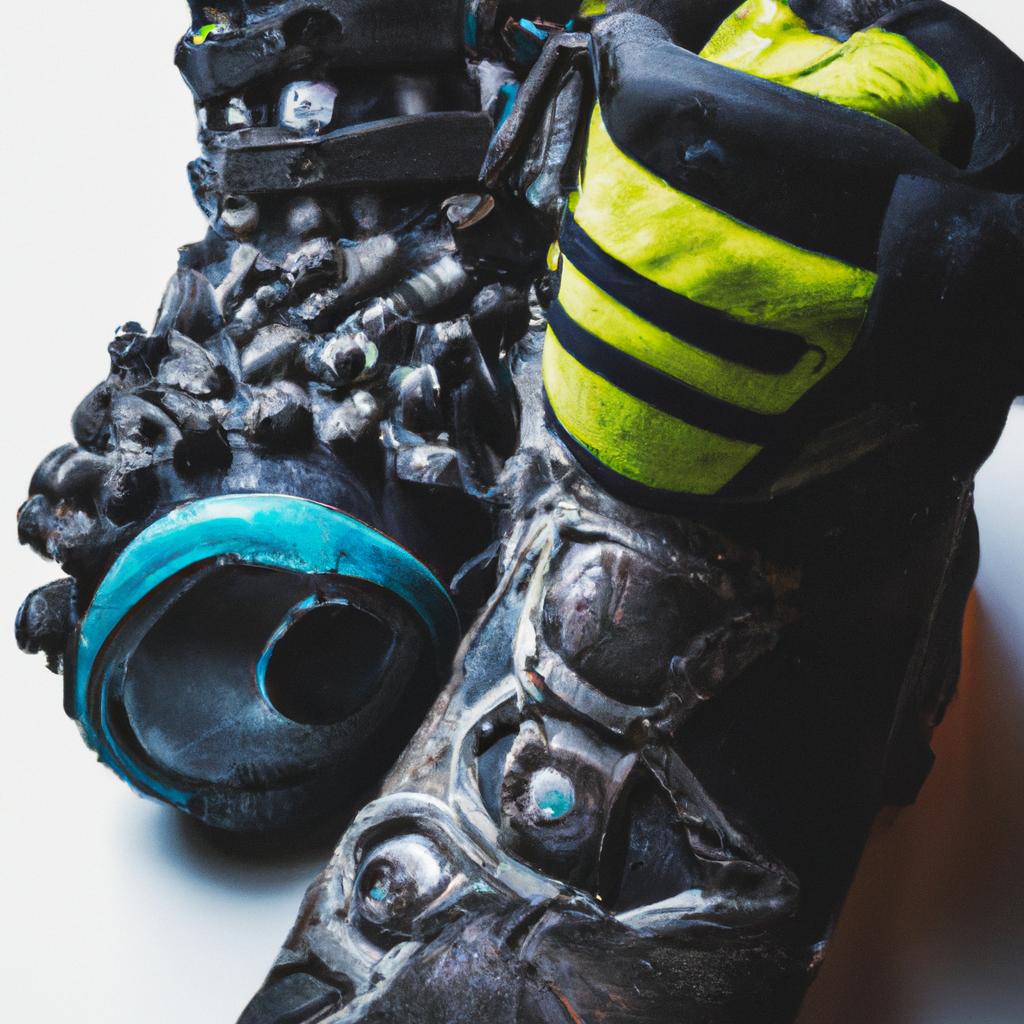Trail Running for All Seasons: A Deep Dive into Seasonal Gear Essentials and Techniques
# Trail Running for All Seasons: A Deep Dive into Seasonal Gear Essentials and Techniques
Trail running is a thrilling way to explore nature while maintaining fitness. Whether you’re navigating rocky terrains, soft dirt paths, or snowy trails, adapting your gear and techniques to the seasons is crucial for a safe and enjoyable experience. This blog post will guide you through the essentials for each season, along with nutrition tips, exercise advice, and health benefits to keep you energized and injury-free throughout the year.
## Spring Trail Running Essentials
Spring invites runners back onto the trails after winter hibernation. However, weather can be unpredictable, so gear selection is vital.
### Gear for Wet Conditions
Spring often brings rain, so waterproof gear is a must. Look for breathable, waterproof jackets that will keep you dry without overheating. Trail shoes with good traction are essential for navigating muddy paths.
### Layering Techniques
Layering is key in spring when temperatures can vary significantly. Start with a moisture-wicking base layer, add an insulating layer, and finish with a lightweight, waterproof outer layer. This allows you to adjust your clothing as you warm up during your run.
## Summer Trail Running Essentials
Summer is a time for exploration, but heat and humidity can pose challenges.
### Lightweight and Breathable Gear
Opt for lightweight, moisture-wicking fabrics to keep you cool. Look for trail shoes with excellent ventilation to allow airflow and reduce sweat accumulation.
### Hydration Strategies
Invest in a hydration pack or carry a handheld water bottle. Hydration is critical in summer, so plan your routes around water sources when possible.
## Autumn Trail Running Essentials
Autumn brings cooler temperatures and beautiful scenery, making it a favorite season for many trail runners.
### Layering and Temperature Regulation
As temperatures drop, layering becomes essential. Use a base layer that wicks moisture, a long-sleeve shirt for warmth, and a wind-resistant jacket for blustery days. Don’t forget gloves and a headband to manage heat loss!
### Safety Gear for Shorter Days
As days get shorter, consider wearing reflective gear and headlamps for visibility on evening runs. Safety should always be a priority, especially as daylight fades.
## Winter Trail Running Essentials
Winter trail running can be a magical experience, but it requires specialized gear.
### Cold Weather Gear
Invest in thermal base layers, insulated jackets, and waterproof pants. Gaiters can keep snow out of your shoes, while traction devices can provide grip on icy surfaces.
### Footwear Considerations
Choose trail shoes with a good traction pattern or use crampons or microspikes for icy conditions. Ensure your shoes are warm enough and can accommodate thicker socks.
## Nutrition Tips
Proper nutrition is vital in maintaining energy levels and stamina throughout your trail running endeavors.
### Pre-Run Fuel
Consume a balanced meal with carbohydrates and protein about 1-2 hours before your run. Options like oatmeal with fruit or a smoothie can provide the necessary energy.
### Hydration and Electrolytes
Stay hydrated before, during, and after your run. For longer runs, consider electrolyte drinks to replenish lost salts.
### Post-Run Recovery
After your run, eat a snack rich in protein and carbs to aid recovery. Greek yogurt with honey and fruit or a protein shake with a banana are excellent choices.
## Exercise Advice
Incorporating strength training and cross-training into your routine can enhance your trail running performance.
### Strength Training
Focus on exercises that build leg strength, core stability, and balance. Squats, lunges, and deadlifts can improve your power on the trails. Additionally, working on your core through planks and stability exercises helps maintain form during runs.
### Cross-Training Activities
Consider activities like cycling, swimming, or hiking to prevent burnout and reduce injury risk. Cross-training can enhance your overall fitness while giving your running muscles a break.
## Health Benefits
Trail running isn’t just a workout; it offers numerous physical and mental health benefits.
### Physical Health Benefits
Regular trail running improves cardiovascular health, strengthens muscles, and enhances joint stability. The varied terrain also helps improve balance and coordination.
### Mental Health Benefits
Spending time in nature has been shown to reduce anxiety and improve mood. The blend of physical exertion and natural beauty makes trail running a powerful antidote to stress.
### Community and Connection
Joining a local trail running group can foster a sense of community, encouraging motivation and camaraderie.
## Conclusion
Trail running is















Post Comment